Under the vibrant sunsets of Mexico City, a culinary symphony plays out daily on street corners and market stalls—the irresistible sizzle of elote, Mexico's iconic grilled corn that transforms a humble cob into a flavor carnival. More than just a snack, this street food masterpiece represents a saucy rebellion against subtlety, where every element—from the charred kernels to the riot of toppings—celebrates boldness and texture.
The magic lies not just in the quality of the corn, but in the alchemy of sauces and spices that turn each bite into a party for the senses. This is no timid side dish; elote demands attention, drips down chins, and leaves taste buds buzzing with its audacious combination of creamy, spicy, tangy, and crunchy.
The Corn at the Heart of the Matter
Authentic elote begins with select Mexican corn varieties—plump, starchy cobs traditionally grown using the milpa system, where corn, beans, and squash support each other's growth. Street vendors carefully rotate ears over charcoal until kernels blister and caramelize, creating a smoky sweetness that forms the foundation for all subsequent flavors.
The best eloteros (corn vendors) know precisely when to pull the corn from the heat—when the tips blacken just enough to add bitterness without crossing into acrid territory. This charred canvas becomes the perfect backdrop for the saucy spectacle to come, its natural sugars balancing the forthcoming onslaught of salty, spicy, and creamy elements.
The Crema Revelation
Mexican crema—the thicker, tangier cousin to sour cream—serves as elote's lush foundation. Unlike its European counterparts, this cultured cream carries a slight acidity that cuts through the corn's richness while providing a velvety base for other toppings. Artisan versions might incorporate lime zest or epazote leaves during culturing, adding herbal notes that peek through the sauce layers.
Applied while the corn is still piping hot, the crema melts slightly, seeping into the kernel crevices to ensure every bite carries its cooling presence. Modern interpretations sometimes substitute crema with Greek yogurt or vegan alternatives, but purists argue the authentic version's particular fat content and viscosity are irreplaceable for achieving the ideal sauce adherence.
The Cheese Factor
Cotija cheese, Mexico's answer to feta, brings salty punctuation to the elote experience. Aged just long enough to develop crumbly texture without excessive dryness, this milk-based marvel is grated or crumbled over the crema layer, where the residual heat slightly softens its edges. The cheese's salinity performs a crucial function—heightening the corn's natural sweetness while tempering the forthcoming chili heat.
Some Oaxacan vendors use quesillo (string cheese) instead, creating melty strands that add textural drama, while coastal versions might incorporate dried shrimp powder for extra umami. Regardless of variation, the cheese must be applied generously enough to create occasional pure-cheese mouthfuls amid the other flavors.
The Chili Spectrum
No elote achieves greatness without chili's transformative touch. The classic version employs chili powder blended from ancho, guajillo, and arbol peppers—each contributing different facets of heat and fruitiness. More adventurous vendors offer customized heat levels using fresh chopped serranos or habaneros for those seeking extra punishment.
The true artistry lies in chili application; some sprinkle it evenly like edible confetti, others create dramatic stripes alternating with cheese, and a few daring souls inject chili oil between kernels for hidden bursts of fire. The chili's role extends beyond heat—it provides earthy depth that prevents the dish from cloying, its slight bitterness playing against the sweet corn and rich crema in perfect harmony.
The Lime Effect
Just when the palate adjusts to the creamy-spicy interplay, lime juice arrives like a bright exclamation point. Vendors typically cut lunes (small Key limes) in half, squeezing them directly over the assembled corn with a twist of the wrist to extract maximum juice while catching seeds. The citrus doesn't just add acidity—it chemically brightens all other flavors, making the cheese taste saltier, the chili smokier, and the corn sweeter. Observant eloteros watch customers' first bites closely; if eyes don't widen at the lime's impact, they'll often apply another generous squeeze. This interactive element—the vendor adjusting balance based on customer reaction—makes each elote a personalized performance.
Textural Finale: The Crunch Factor
Great elote engages all the senses, including sound. The final topping layer provides crucial textural contrast—crushed chicharrones (pork rinds) for meaty crunch, toasted chapulines (grasshoppers) for earthy crispness, or simply extra corn chips for pure auditory satisfaction. Some Mexico City stalls offer "elote preparado" in cups—a deconstructed version mixing all ingredients with chopped corn—where the crunch element might include jicama sticks or cucumber chunks. This textural punctuation prevents sauce fatigue, ensuring each bite finishes cleanly rather than leaving a monotonous creamy residue. The ideal ratio sees about 30% of kernels retaining some individual crispness against the softer, sauce-coated majority.
Regional Sauce Variations
Beyond the classic, Mexico's regions put distinctive spins on elote saucing. Veracruz versions might incorporate mashed plantains into the crema for tropical sweetness, while Sonoran stands often feature a smoky chipotle mayo. In Merida, vendors add achiote paste for earthy depth, and Monterrey's take includes a drizzle of melted queso asado.
More avant-garde food trucks now experiment with global flavors—everything from gochujang-spiked mayo to pesto crema—though traditionalists argue these should be classified as "inspired by" rather than authentic elote. What unites all variations is the commitment to boldness; there's no room for timidity in true elote culture.
The Social Theater of Elote
Eating elote transcends nutrition—it's participatory street theater. There's drama in the vendor's assembly: the dramatic crema swoosh, the cheese shower, the chili powder toss. The physical act of eating becomes performative too—strategic rotating to catch drips, the shared laughter when sauce lands on shirts, the universal "ohhh" when chili heat first registers.
Eloteros often develop regular crowds who come as much for the banter as the food, with some stalls passing down witty catchphrases through generations. In a country where 40% of meals are consumed outside the home, elote stands become impromptu community centers where strangers bond over shared napkins and chili-induced endorphins.
Modern Interpretations and Global Influence
As Mexican cuisine conquers global palates, elote has inspired countless reinterpretations. High-end restaurants serve deconstructed versions with corn espuma and edible flowers, while ballparks worldwide now offer "Mexican street corn" nachos. The basic flavor profile—creamy, spicy, tangy, crunchy—has become a universal language, appearing in everything from elote-flavored potato chips to craft cocktails. Yet for all its international fame, the soul of elote remains rooted in Mexican street culture, where paper napkins will always be inadequate, the best bites will always come with a side of laughter, and no amount of sauce is ever quite enough.
Elote embodies the Mexican culinary spirit—generous, unpretentious, and joyfully excessive. In its perfect balance of charred and fresh, creamy and crunchy, spicy and sweet, it captures the national talent for transforming simple ingredients into sensory celebrations. Each cob tells a story: of milpa farmers nurturing corn for millennia, of Spanish dairy traditions merging with indigenous flavors, of modern vendors keeping foodways alive through daily ritual.
To eat elote is to participate in this living history—to get messy, to feel the chili burn fade into contentment, and to understand why Mexicans say the best meals aren't tasted, but experienced. So next time you see that telltale cart with its steaming corn and rainbow of toppings, join the line, grab extra napkins, and prepare for your taste buds' most colorful fiesta.

By John Smith/Mar 29, 2025
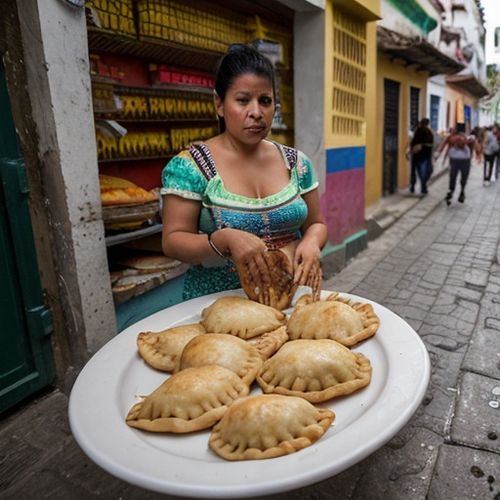
By Emily Johnson/Mar 29, 2025
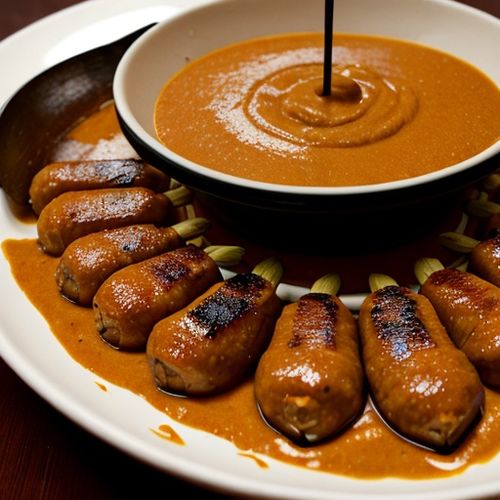
By Christopher Harris/Mar 29, 2025

By Rebecca Stewart/Mar 29, 2025

By Ryan Martin/Mar 29, 2025
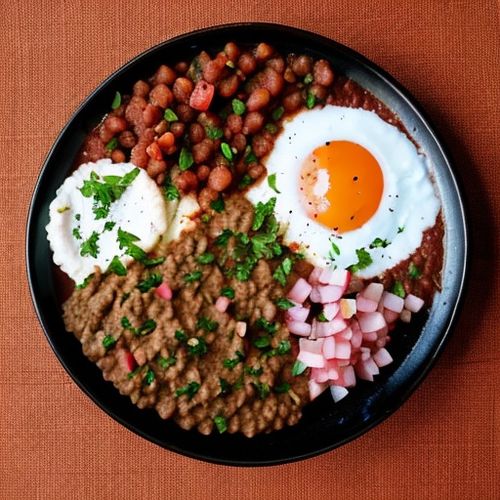
By Olivia Reed/Mar 29, 2025
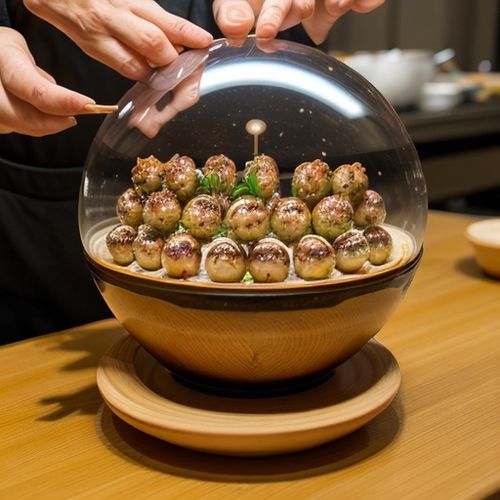
By Joshua Howard/Mar 29, 2025
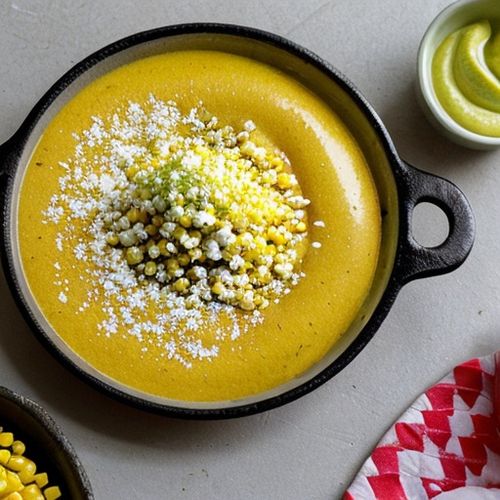
By Sophia Lewis/Mar 29, 2025
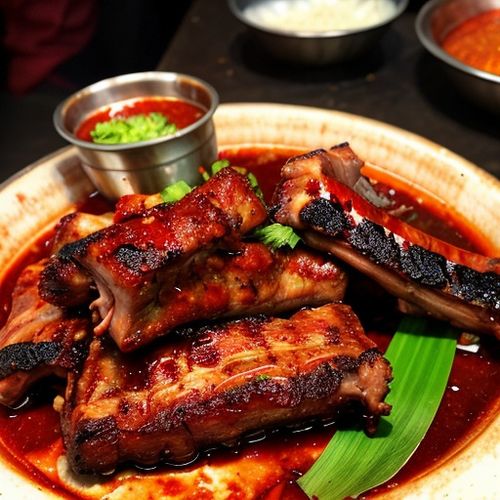
By Daniel Scott/Mar 29, 2025

By Daniel Scott/Mar 29, 2025
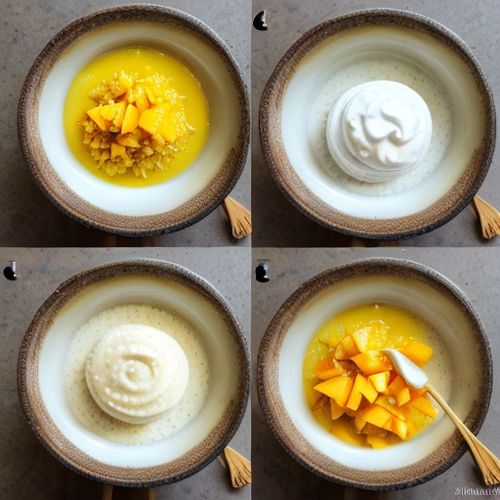
By Michael Brown/Mar 29, 2025

By Eric Ward/Mar 29, 2025

By Grace Cox/Mar 29, 2025
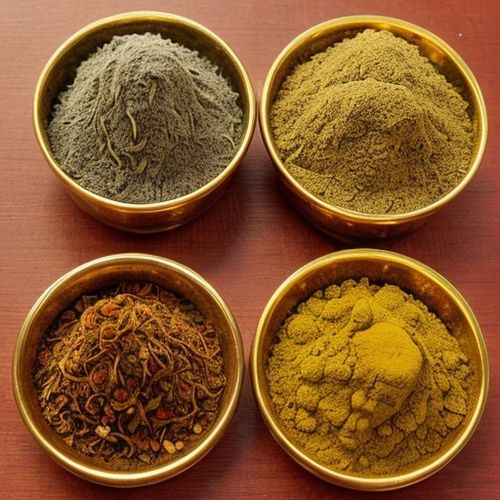
By Sarah Davis/Mar 29, 2025
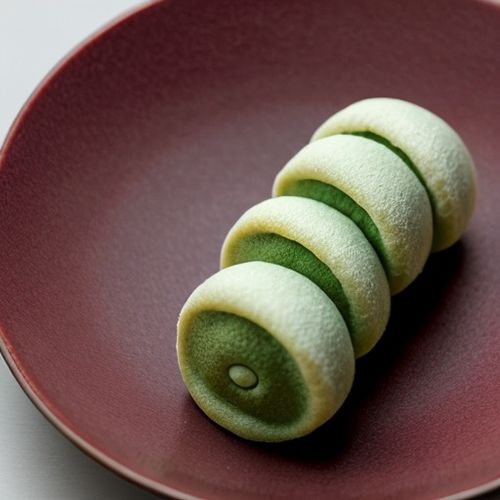
By David Anderson/Mar 29, 2025

By George Bailey/Mar 29, 2025

By Christopher Harris/Mar 29, 2025

By Emily Johnson/Mar 29, 2025

By Laura Wilson/Mar 29, 2025